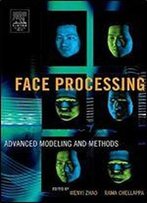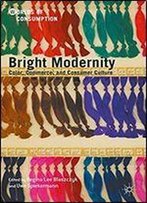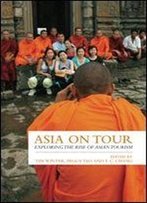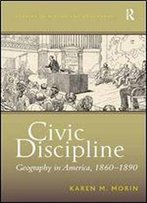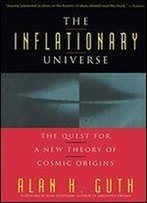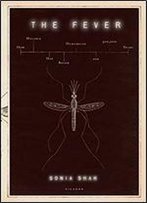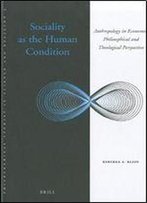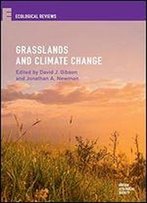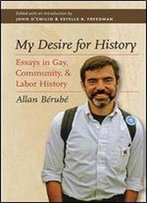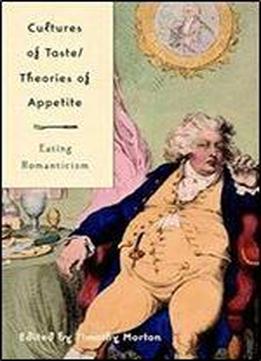
Cultures Of Taste/theories Of Appetite: Eating Romanticism
by Timothy Morton /
2004 / English / PDF
5.1 MB Download
Cultures of Taste/Theories of Appetite brims with fresh material: from fish and chips to the first curry house in Britain, from mother's milk to Marx, from Kant on dinner parties to Mary Wollstonecraft on toilets. It examines a wide variety of Romantic writers: Hegel, Coleridge, Charlotte Smith, Wordsworth, Byron, Shelley and Keats, and lesser-known writers such as William Henry Ireland and Charles Piggot. It includes a look at some legacies of Romanticism in the twentieth century, such as the work of Samuel Beckett, Jean-Paul Sartre and Philip Larkin.
Cultures of Taste/Theories of Appetite is a volume of interdisciplinary essays that brings together a wide range of scholarship in diet studies, a growing field that investigates connections between food, drink and culture, including literature, philosophy and history. The collection considers the full range of social, cultural, political and philosophical phenomena associated with food in the Romantic period, reconsidering issues of race, class and gender, as well as those of colonialism, imperialism, and science. Cultures of Taste/Theories of Appetite brings two major critical impulses within the field of Romanticism to bear upon an important and growing field of research: appetite and its related discourses of taste and consumption. As consumption in all its metaphorical variety comes to displace the body as a theoretical site for challenging the distinction between inside and outside, food itself has attracted as a device to interrogate the rhetoric and politics of Romanticism. In brief, the volume initiates a dialogue between the cultural politics of food and eating, and the philosophical implications of ingestion, digestion, and excretion.Cultures of Taste/Theories of Appetite brims with fresh material: from fish and chips to the first curry house in Britain, from mother's milk to Marx, from Kant on dinner parties to Mary Wollstonecraft on toilets. It examines a wide variety of Romantic writers: Hegel, Coleridge, Charlotte Smith, Wordsworth, Byron, Shelley and Keats, and lesser-known writers such as William Henry Ireland and Charles Piggot. It includes a look at some legacies of Romanticism in the twentieth century, such as the work of Samuel Beckett, Jean-Paul Sartre and Philip Larkin.
Cultures of Taste/Theories of Appetite is a volume of interdisciplinary essays that brings together a wide range of scholarship in diet studies, a growing field that investigates connections between food, drink and culture, including literature, philosophy and history. The collection considers the full range of social, cultural, political and philosophical phenomena associated with food in the Romantic period, reconsidering issues of race, class and gender, as well as those of colonialism, imperialism, and science. Cultures of Taste/Theories of Appetite brings two major critical impulses within the field of Romanticism to bear upon an important and growing field of research: appetite and its related discourses of taste and consumption. As consumptionin all its metaphorical varietycomes to displace the body as a theoretical site for challenging the distinction between inside and outside, food itself has attracted as a device to interrogate the rhetoric and politics of Romanticism. In brief, the volume initiates a dialogue between the cultural politics of food and eating, and the philosophical implications of ingestion, digestion, and excretion.
